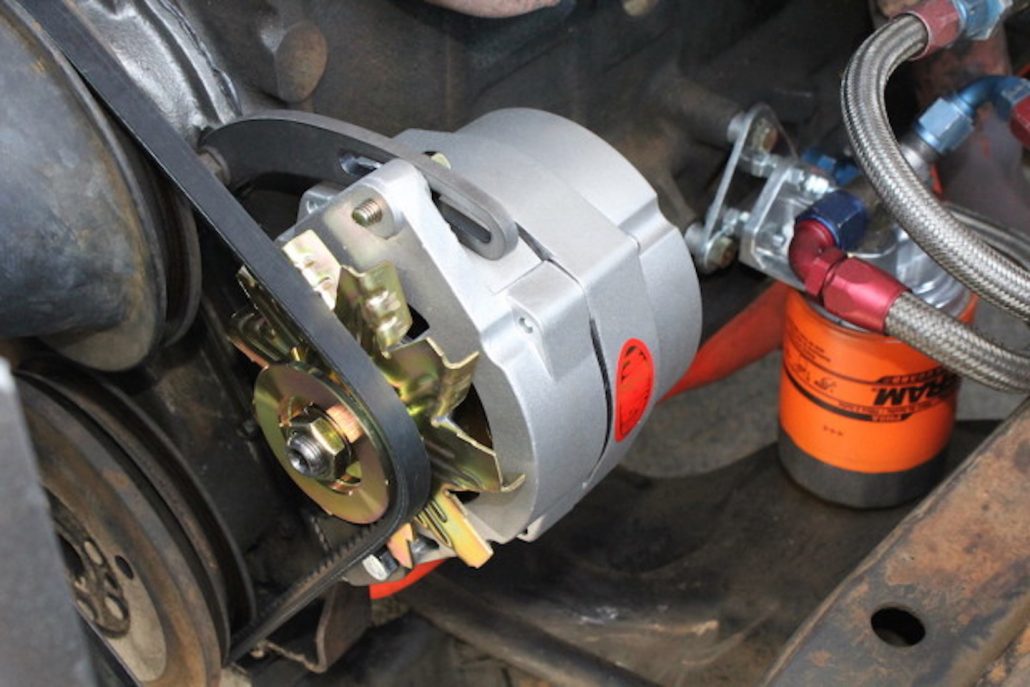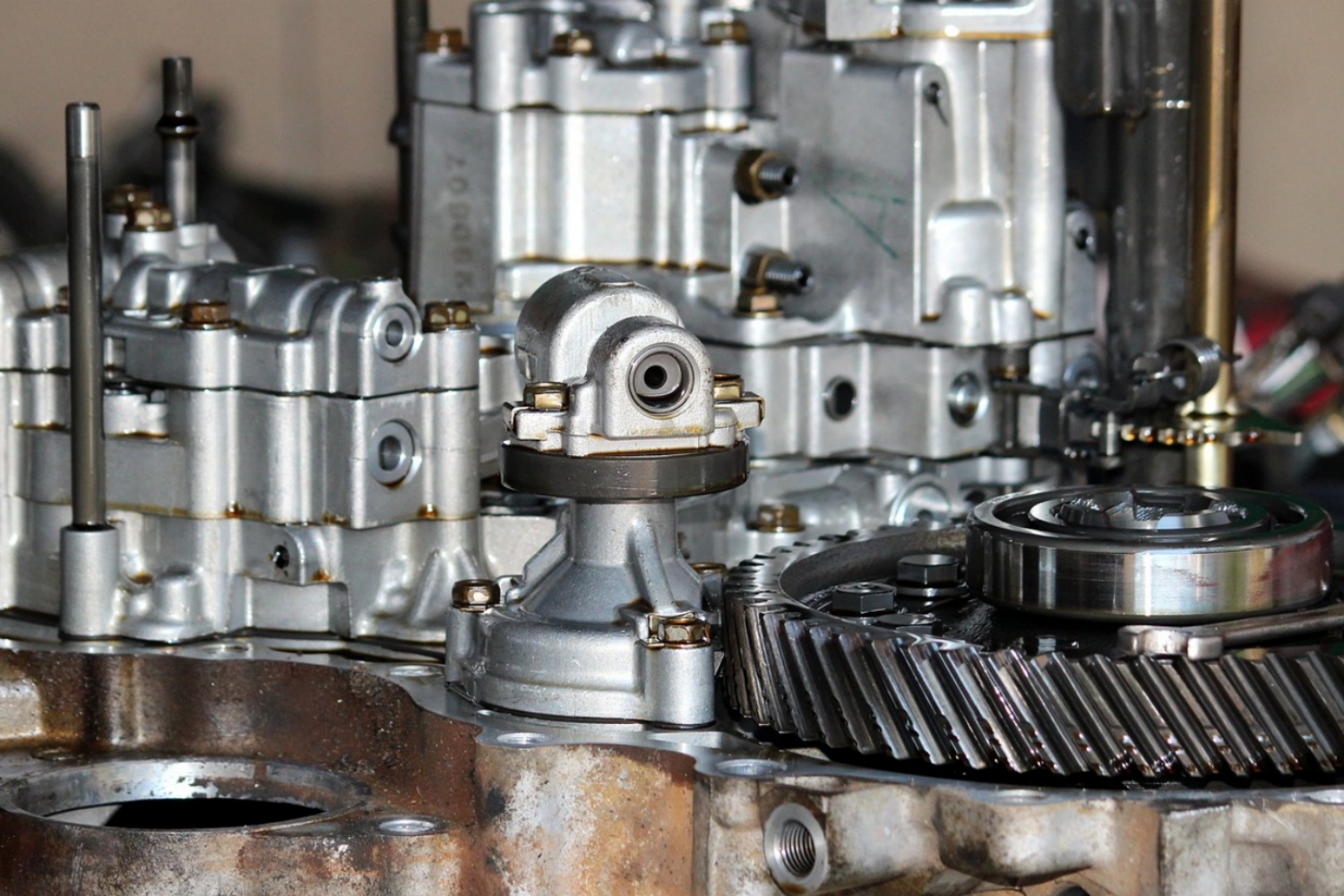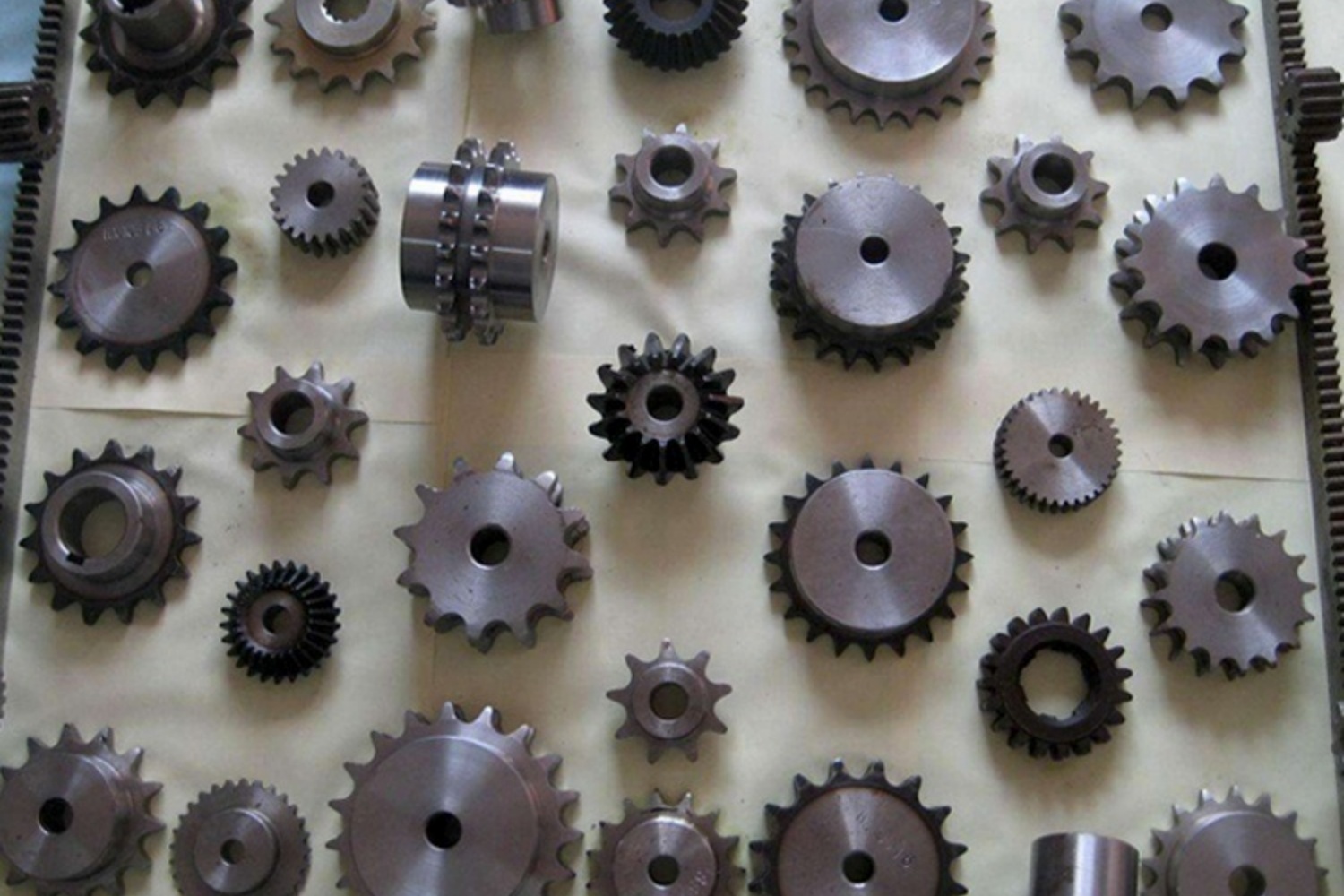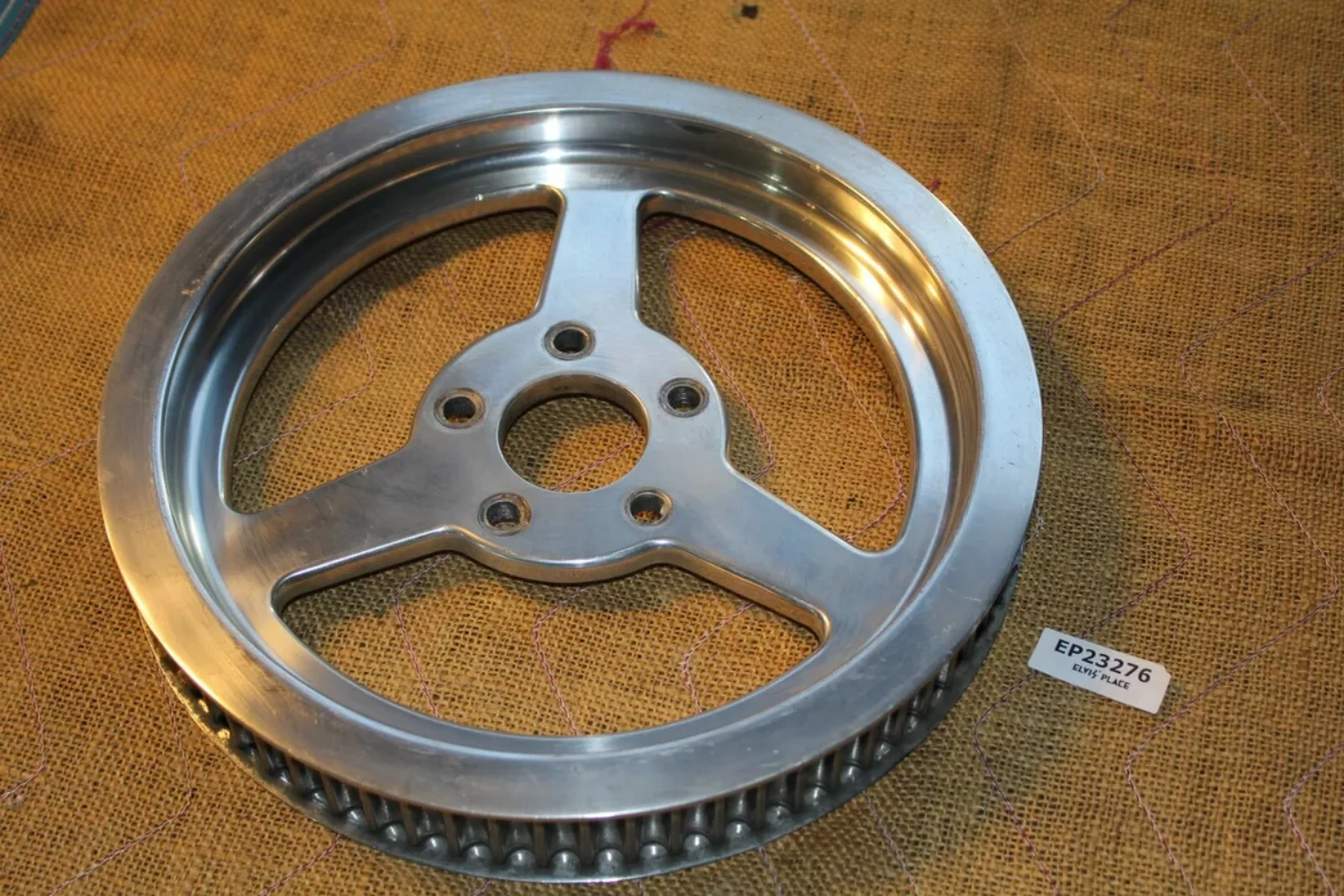Serpentine and V-belt alternator pulleys are two types of pulleys used in automotive engines to transfer power from the engine to the alternator.
A serpentine alternator pulley has a ribbed design and is used with a serpentine belt. This type of pulley provides better traction and reduces slippage, which in turn improves the efficiency of the alternator. Serpentine pulleys are also typically wider than V-belt pulleys, which allows them to provide more contact area with the belt.
On the other hand, V-belt alternator pulleys have a V-shaped groove that is used with a V-belt. These pulleys are typically narrower than serpentine pulleys, which allows them to work with the narrower V-belt. V-belt pulleys may be used in older or smaller engines that require less power than those that use serpentine pulleys.
The main characteristics of serpentine and V-belt alternator pulleys are as follows:
V-Belt Alternator Pulleys:
- They have a V-shaped cross-section and are designed to work with V-belts.
- They have a smaller diameter than serpentine pulleys and are usually made of cast iron or aluminum.
- They are less efficient than serpentine pulleys due to their smaller contact area with the belt.
- They are generally easier to replace and maintain than serpentine pulleys.
Serpentine Alternator Pulleys:
They have a flat surface and are designed to work with serpentine belts.
They have a larger diameter than V-belt pulleys and are usually made of lightweight materials such as aluminum or plastic.
They are more efficient than V-belt pulleys due to their larger contact area with the belt.
They can be more difficult to replace and maintain than V-belt pulleys due to their more complex design.
Overall, serpentine pulleys are more commonly used in modern vehicles due to their higher efficiency and lighter weight, while V-belt pulleys are still used in some older vehicles or in applications where they are more suitable.
What is the difference between serpentine and V-belt alternator pulleys ?
The main difference between serpentine and V-belt alternator pulleys is the design of the belt system they work with. A V-belt alternator pulley works with V-belts, which have a trapezoidal cross-section and typically require a tensioner pulley to maintain the correct tension. On the other hand, a serpentine alternator pulley works with a serpentine belt, which has a ribbed design and is typically wider than a V-belt. Serpentine belts are designed to run without a tensioner pulley, as the tension is maintained by the belt’s natural elasticity.
In terms of their characteristics, serpentine alternator pulleys are generally considered to be more efficient than V-belt pulleys. This is because serpentine belts have a larger contact area with the pulley, which reduces slippage and results in more power being transmitted to the alternator. Additionally, serpentine belts tend to last longer than V-belts and are less prone to stretching or breaking.
However, V-belt alternator pulleys have been used for many years and are still commonly found in older vehicles. They are generally less expensive than serpentine pulleys and are often easier to replace. V-belts also tend to be quieter than serpentine belts, as they don’t generate as much noise when they run against the pulleys.
CONTINUE READING
Related Posts
In the world of machinery, understanding each component’s function is crucial for anyone involved in the field, whether professionally or […]
Custom sprockets stand as testament to the precision and innovation inherent in modern engineering. Each custom sprocket begins its journey […]
Pulleys, often underestimated, are critical in many applications, from the precise positioning required in high-tech machinery to the brute force […]





